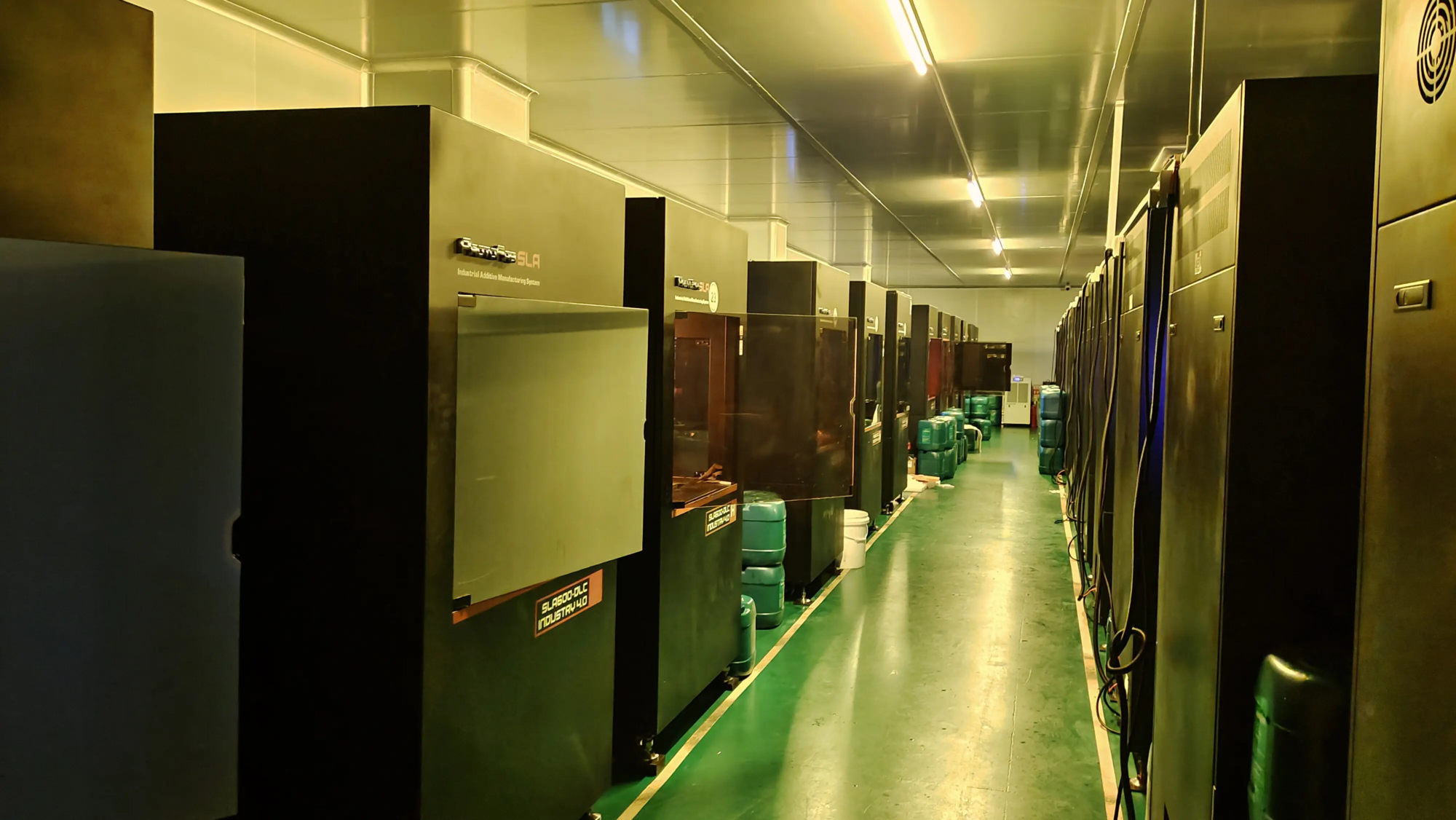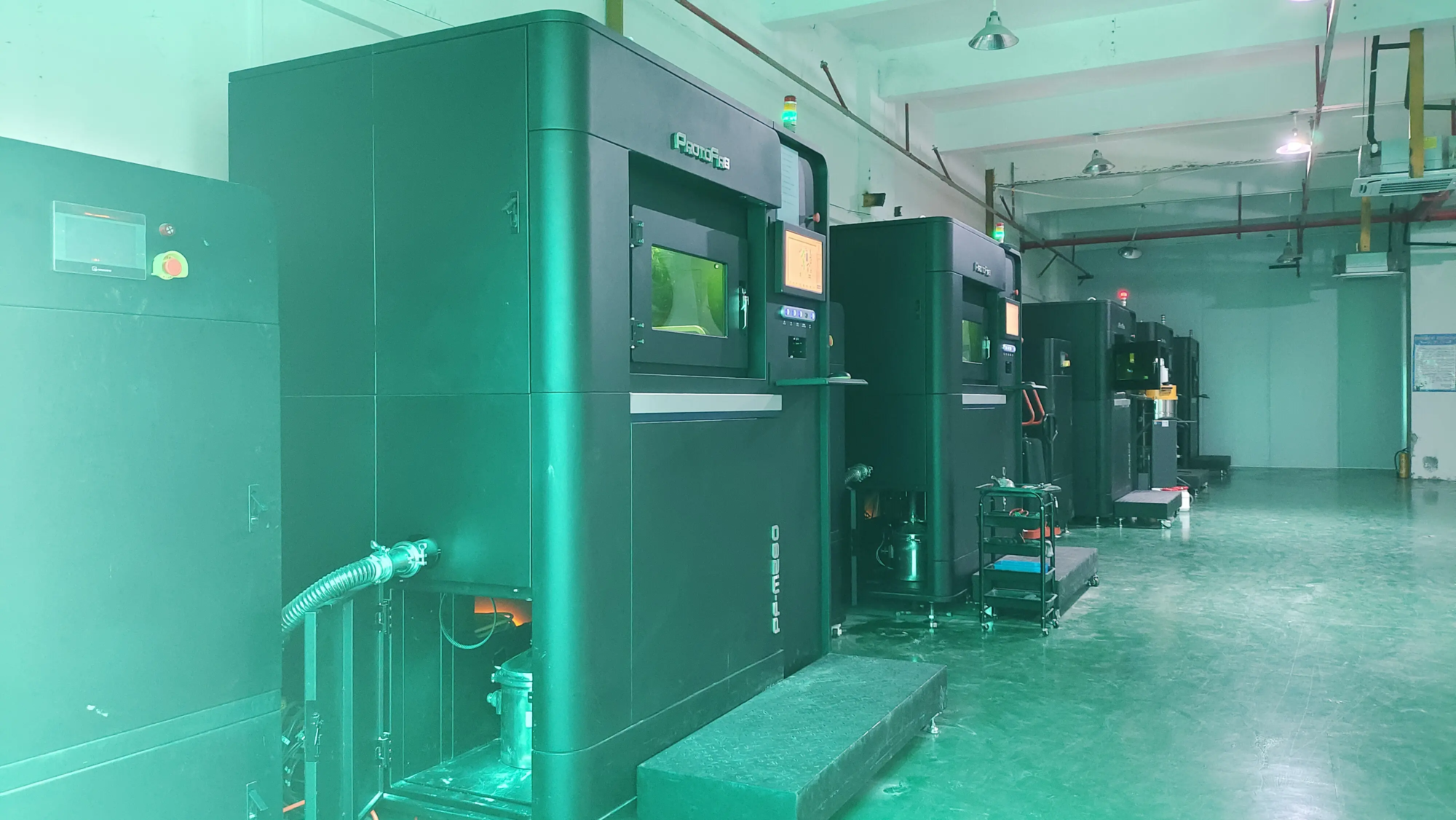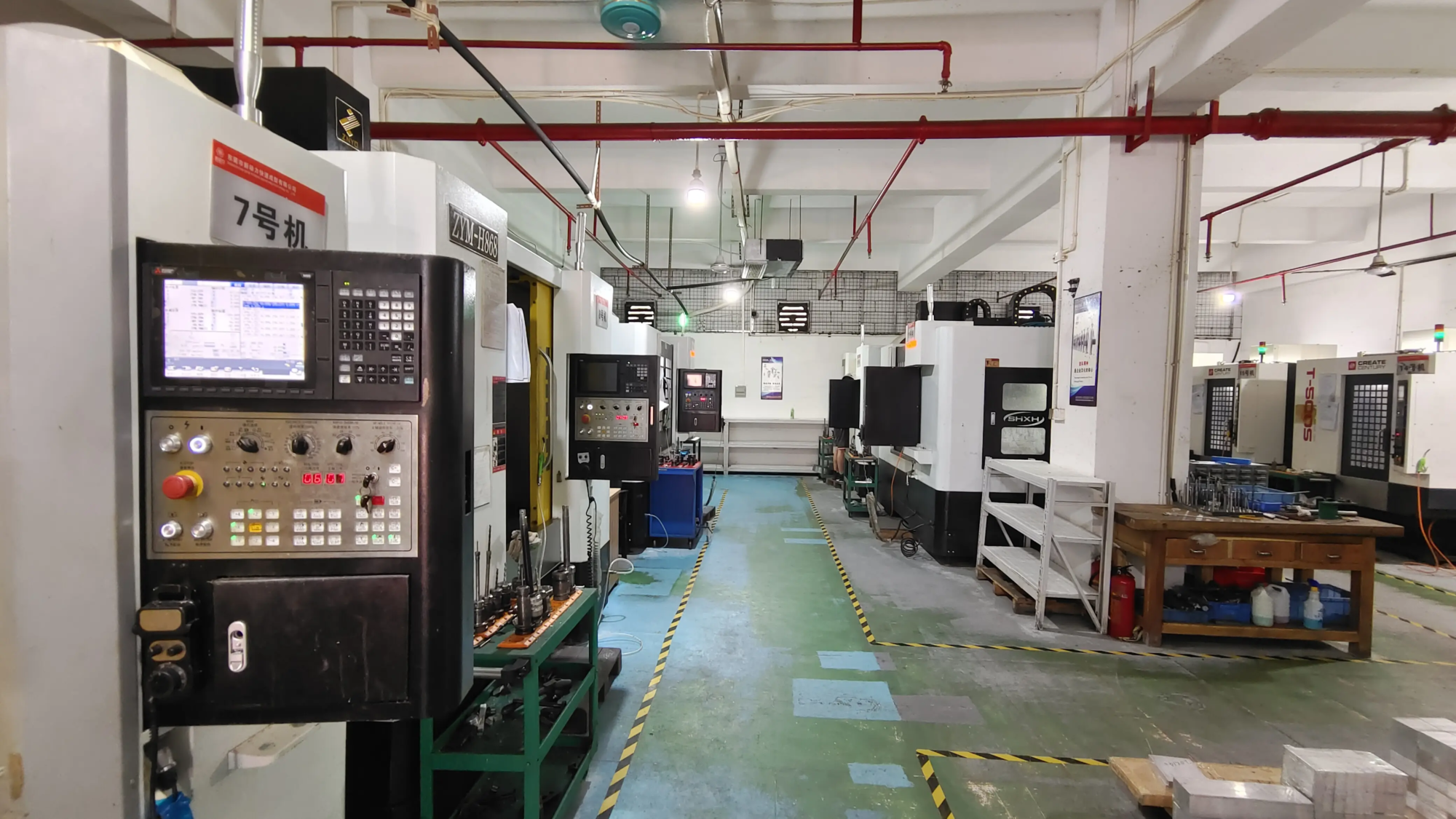When it comes to 3D printing, a variety of materials can be used to create a variety of products, from prototypes to end-use parts. One such material is Delrin, an acetyl homopolymer known for its high strength, stiffness and resistance to wear and chemicals. Due to its unique features, printing with Delrin can be challenging, but with the right guides and equipment, high-quality prints can be achieved. In this article, we will explore Delrin’s printing world in depth, exploring its benefits, challenges and best practices.
Benefits of Printing with Delrin
Due to its excellent mechanical properties, Delrin is a popular choice for 3D printing. It provides a high degree of stability and is ideal for applications where parts are worn and severely tear. In addition, Delrin is resistant to a variety of chemicals including fuels, solvents and acids, making it suitable for use in harsh environments. Its high melting point can also keep it in shape and structure, even when exposed to high temperatures.
Challenges with Delrin Printing
Although Delrin offers many benefits, its printing can be challenging, especially for new products with 3D printing. One of the main difficulties is its high melting point, which requires a heated chamber or a high temperature extruder to print successfully. Additionally, Delin is prone to distortion and shrinkage, which can lead to uneven prints and high risk of failure. To overcome these challenges, there must be a complete printer and a good understanding of the printing process.
Best Practices for Delrin Printing
To get high-quality prints with Delrin, follow these best practices:
- Use a heating chamber or a high temperature extruder: Delrin needs high temperatures to melt and flow correctly. A heated chamber or high temperature extruder is essential to prevent warping and ensure a smooth printing process.
- Optimize printing settings: Try different printing settings such as layer height, fill density and print speed to find the best combination of a specific printer and Delrin filament.
- Use the right printer: Not all 3D printers are suitable for printing with Delrin. Look for printers with high temperature extruders and heating chambers to ensure successful printing.
- Monitor temperature: Temperature control is crucial when printing with Delrin. Monitor the temperature of the extruder and chamber to ensure it remains within the recommended range.
- Post-processing: Delrin printing usually requires post-processing to achieve the desired finish. Use techniques such as sanding, processing or applying paint or varnish to enhance the appearance and durability of the print.
in conclusion
Printing with Delrin can be a meaningful experience, providing a unique combination of strength, stiffness and resistance to wear and chemicals. Although it presents several challenges, following best practices and using the right equipment can help overcome these difficulties. Whether you’re an experienced 3D printing professional or just starting out, Delrin is definitely worth considering your next project. It has excellent mechanical properties and versatility, and it is an ideal material for a wide range of applications from prototypes to end-use parts.
FAQ
Q: What is Delrin and what are its benefits?
A: Delrin is an acetyl homopolymer known for its high strength, stiffness and resistance to wear and chemicals. Its benefits include excellent mechanical properties, stability, and resistance to chemicals and high temperatures.
Q: What are the challenges with Delrin printing?
A: The main challenges of printing with Delrin include its high melting point, warping and shrinkage, which requires a carefully calibrated printer and a good understanding of the printing process.
Q: Which type of printer is suitable for printing with Delrin?
A: A 3D printer with a high temperature extruder and a heating chamber is crucial for printing with Delrin.
Q: How to optimize Delrin’s printing settings?
A: Experiment with different printing settings, such as layer height, fill density and print speed, to find the best combination of a specific printer and Delrin filament.
Q: What post-processing techniques can I use to enhance the appearance and durability of Delrin prints?
A: Techniques such as sanding, processing or applying paint or varnish can be used to enhance the appearance and durability of Delrin prints.




